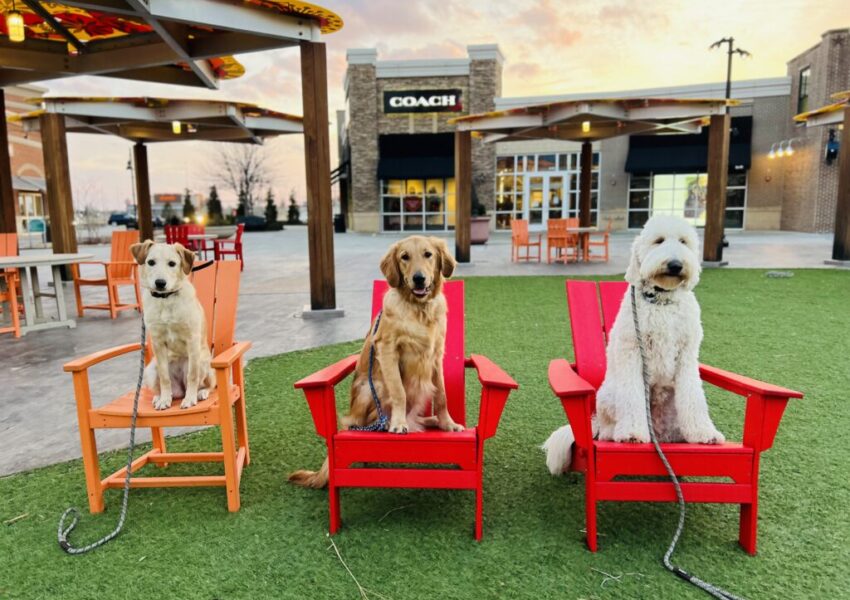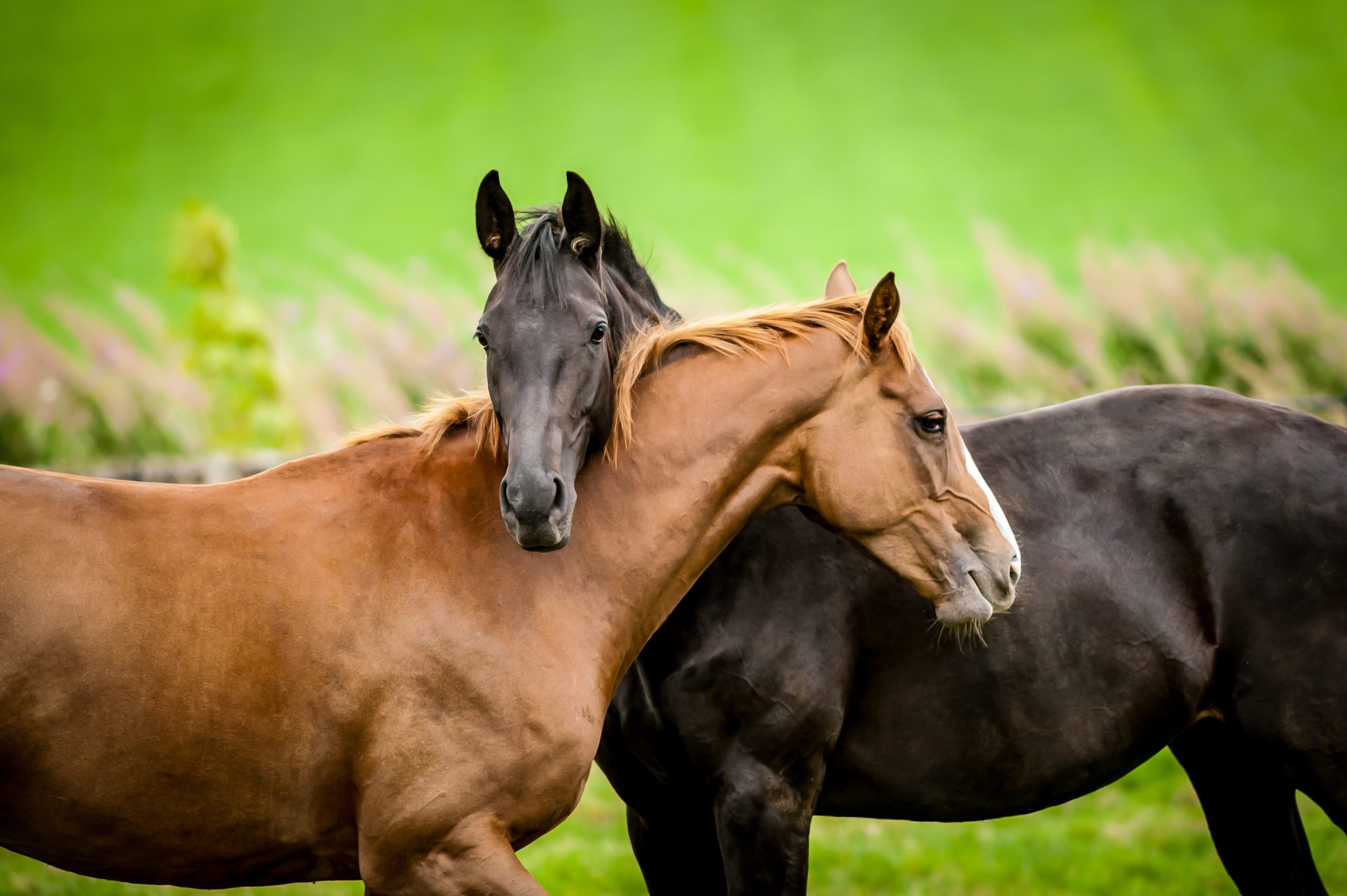The evolution of pets has been a fascinating journey, shaped by thousands of years of domestication, adaptation, and interaction with humans. From wild animals to beloved companions, pet evolution highlights the incredible transformations that species like dogs, cats, and other domesticated animals have undergone. Through selective breeding, environmental changes, and close relationships with humans, these animals have evolved in ways that make them uniquely suited to life alongside us.
The Evolution of Dogs
1. From Wolves to Man’s Best Friend
Dogs are one of the earliest domesticated animals, with their evolutionary origins traced back to gray wolves. Domestication is believed to have begun around 15,000 to 40,000 years ago, as humans and wolves formed mutually beneficial relationships. Early humans likely shared food with wolves, and in return, wolves helped humans hunt and protected them from predators.
Over time, wolves that were more sociable and less aggressive toward humans became favored, leading to the development of early domesticated dogs. Through selective breeding, early humans shaped dog behaviors, physical traits, and temperaments. As a result, today’s domestic dogs come in a wide variety of breeds, each with unique characteristics.
2. Selective Breeding and Modern Breeds
Modern dog breeds are the product of centuries of selective breeding, where humans chose specific traits—such as size, temperament, coat type, and color—that they wanted to enhance. Breeds were developed for specific purposes, such as hunting, herding, guarding, and companionship.
For example:
- Retrievers were bred for their ability to retrieve game without damaging it.
- Shepherds were bred for their intelligence and ability to herd livestock.
- Toy breeds were developed as companion animals, prized for their small size and affectionate nature.
3. Behavioral Evolution
Dogs have evolved not only physically but also behaviorally to coexist with humans. Modern dogs are much more sociable and attuned to human emotions than their wild ancestors. They are capable of interpreting human gestures, facial expressions, and vocal tones. This strong bond between humans and dogs is a direct result of thousands of years of coevolution.
The Evolution of Cats
1. Domestication of Wildcats
Unlike dogs, cats are believed to have domesticated themselves. The domestication of cats likely began around 9,000 years ago in the Fertile Crescent, when humans transitioned to agricultural societies. The storage of surplus grain attracted rodents, which, in turn, attracted wildcats. These wildcats helped control the rodent population, providing a valuable service to humans.
Humans tolerated the presence of these wildcats, and over time, cats that were less fearful of humans became more integrated into human settlements. Unlike dogs, cats remained largely independent and retained much of their wild behavior.
2. Independent Evolution
While cats have been living alongside humans for thousands of years, they have remained relatively unchanged compared to dogs. Domestic cats today are still highly independent, solitary hunters, much like their wild ancestors. However, they have evolved to become more sociable and adaptable to life with humans.
The domestic cat (Felis catus) exhibits a variety of coat colors, patterns, and body shapes due to selective breeding, but they remain largely similar to wildcats in terms of size and behavior.
3. Companionship and Adaptability
Modern domestic cats have evolved to thrive in a wide range of environments. They are highly adaptable animals that can live in urban apartments, suburban homes, or rural farms. Cats have also developed strong bonds with humans and have become popular companions, known for their playful yet independent nature.
Other Domesticated Pets
1. Small Mammals
Beyond dogs and cats, many other small mammals, such as rabbits, guinea pigs, and hamsters, have been domesticated. These animals were initially bred for food, but over time, selective breeding has produced breeds that are more suited to companionship.
For example, guinea pigs were domesticated in South America more than 3,000 years ago and have become popular pets for their docile nature and easy care.
2. Birds
Domesticated birds, such as parrots, canaries, and budgerigars, have been selectively bred for their colorful plumage and vocal abilities. Parrots, in particular, have become popular pets due to their intelligence and ability to mimic human speech.
3. Reptiles and Amphibians
Reptiles, such as turtles, snakes, and lizards, have also become popular pets in recent decades. While they are not domesticated in the traditional sense, many species have adapted well to captive life and have become part of the pet evolution landscape.
The Future of Pet Evolution
As our understanding of genetics and animal behavior continues to evolve, so too will the future of pets. Advances in genetic engineering and selective breeding may lead to the development of new breeds or traits that enhance a pet’s health, intelligence, or ability to bond with humans.
Additionally, the ethical considerations surrounding selective breeding and animal welfare are increasingly coming to the forefront. More focus is being placed on breeding for health and temperament rather than just physical appearance, which may lead to healthier and more well-adjusted pets in the future.
Conclusion
The evolution of pets has been shaped by thousands of years of domestication, selective breeding, and adaptation to human life. From wild wolves to loyal dogs, and independent wildcats to beloved feline companions, the journey of pet evolution reflects the deep bond between humans and animals. As we continue to learn more about genetics, behavior, and animal welfare, the evolution of pets will undoubtedly continue, bringing new possibilities for our furry, feathered, and scaled friends.
4o



